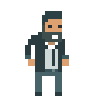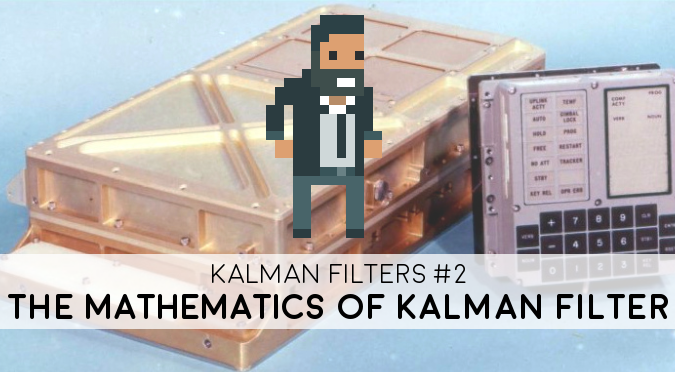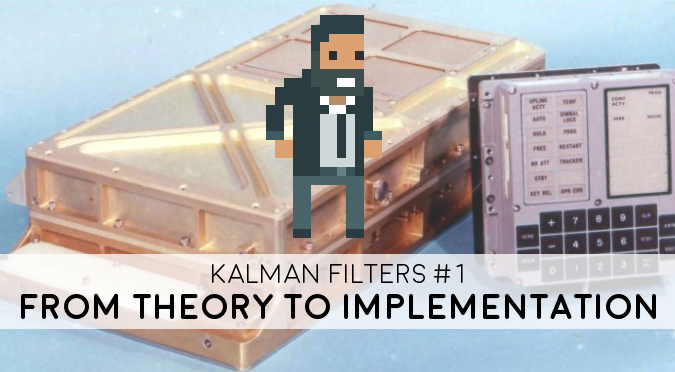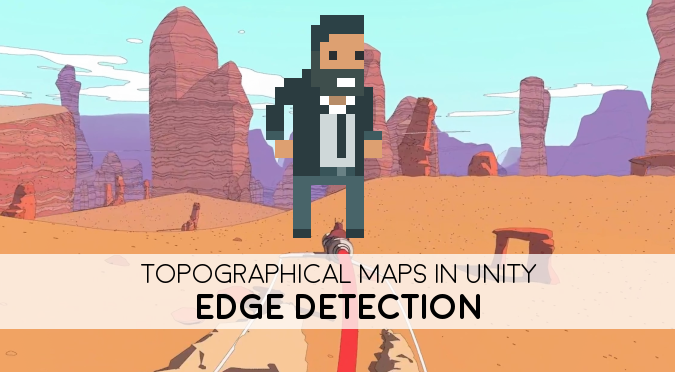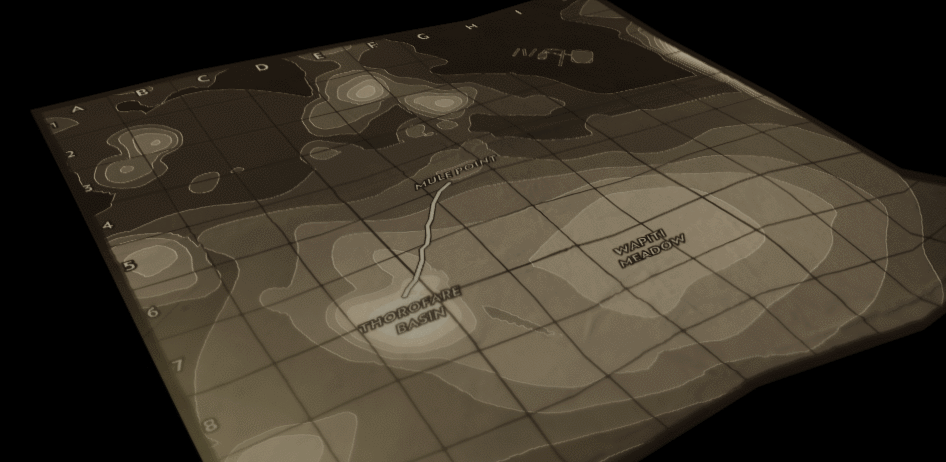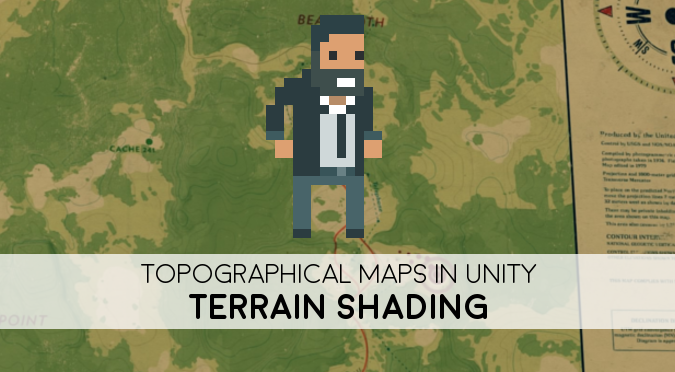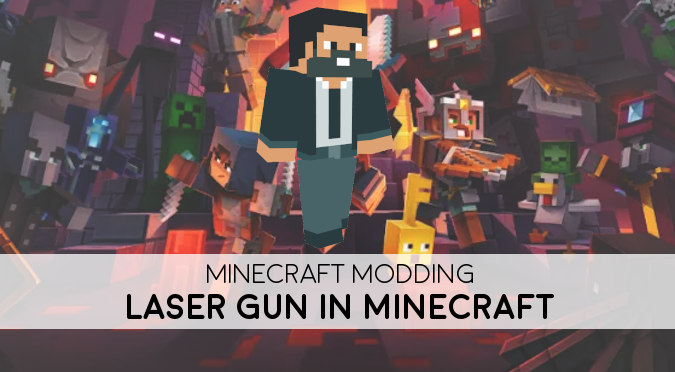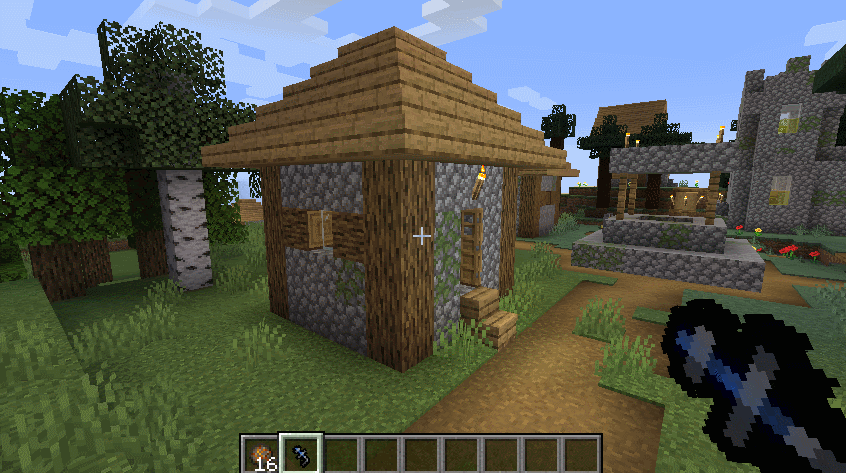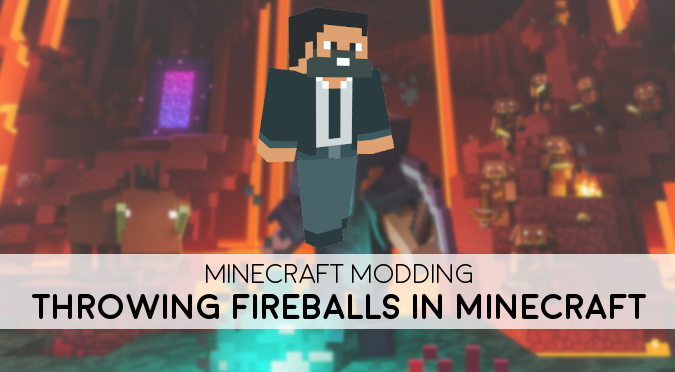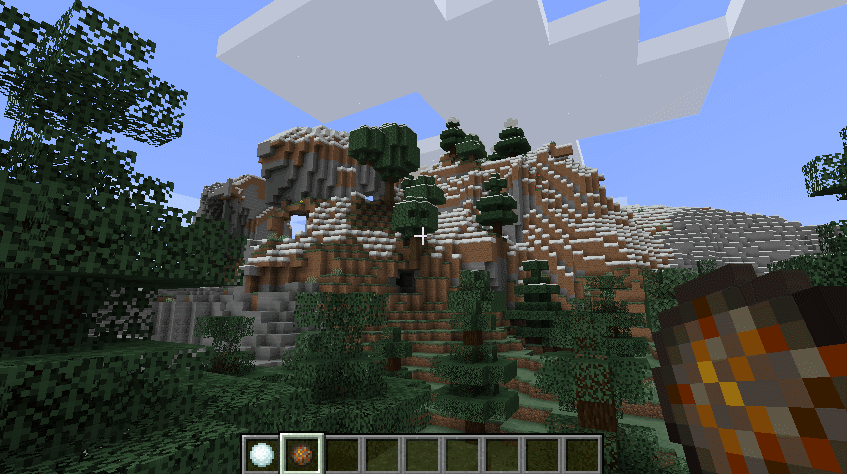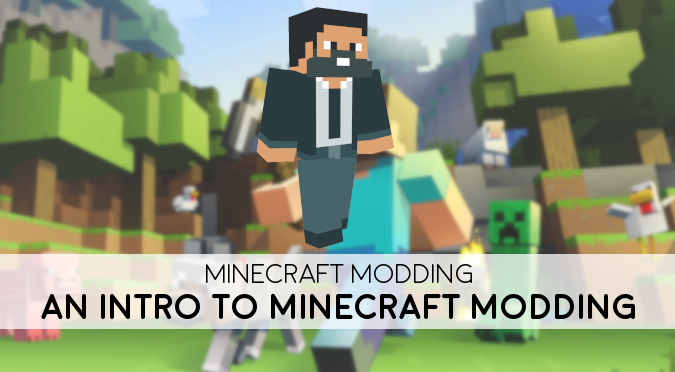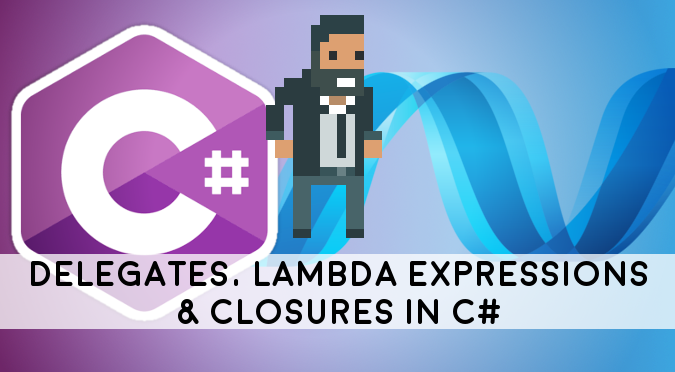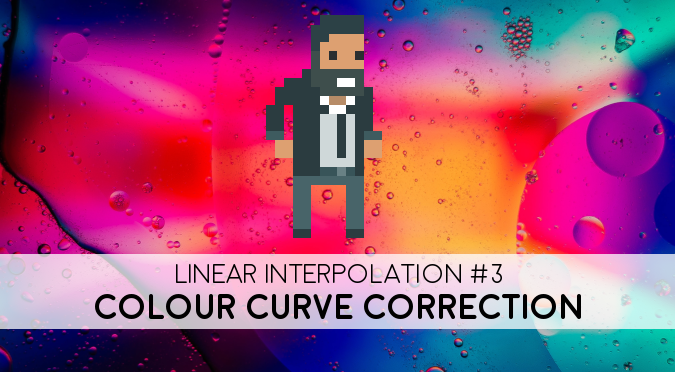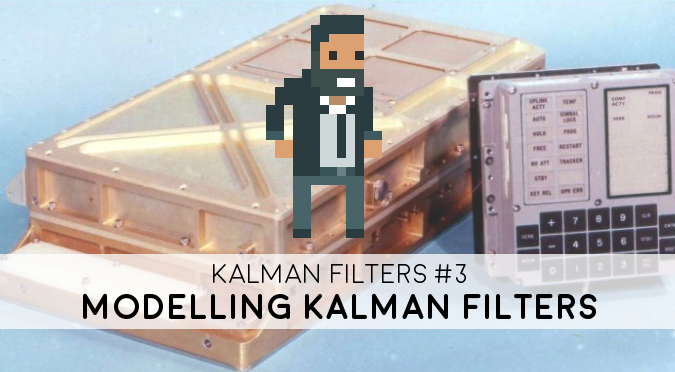
This is the third part of the series dedicated to one of the most popular sensor de-noising technique: Kalman filters. This article will explain how to model processes to improve the filter performance.
You can read all the tutorials in this online course here:
- Part 1. A Gentle Introduction to the Kalman Filter
- Part 2. The Mathematics of the Kalman Filter: The Kalman Gain
- Part 3. Modelling Kalman Filters: Liner Models
- Part 4: The Extended Kalman Filter: Non-Linear Models
- Part 5. Implementing the Kalman Filter 🚧
